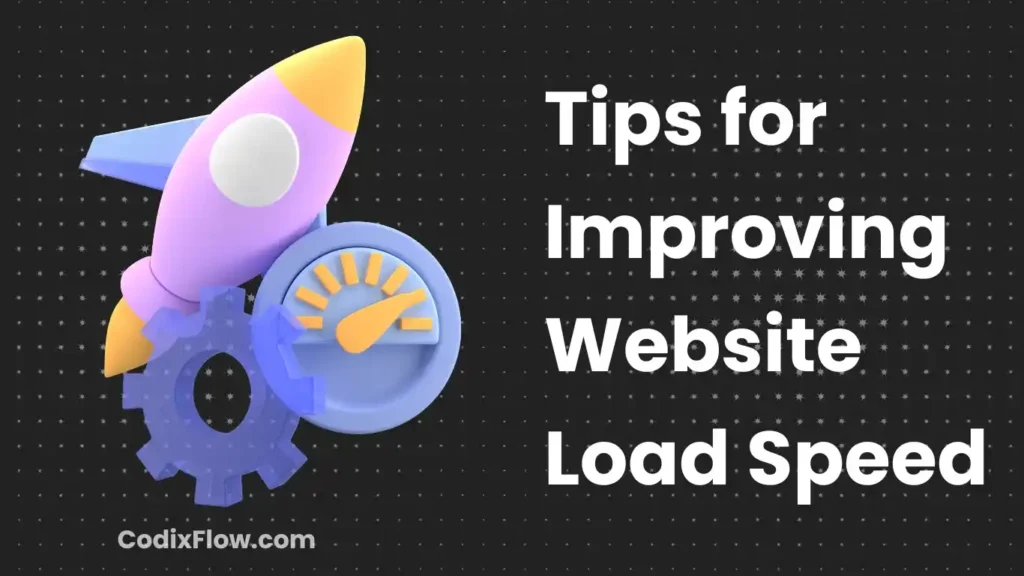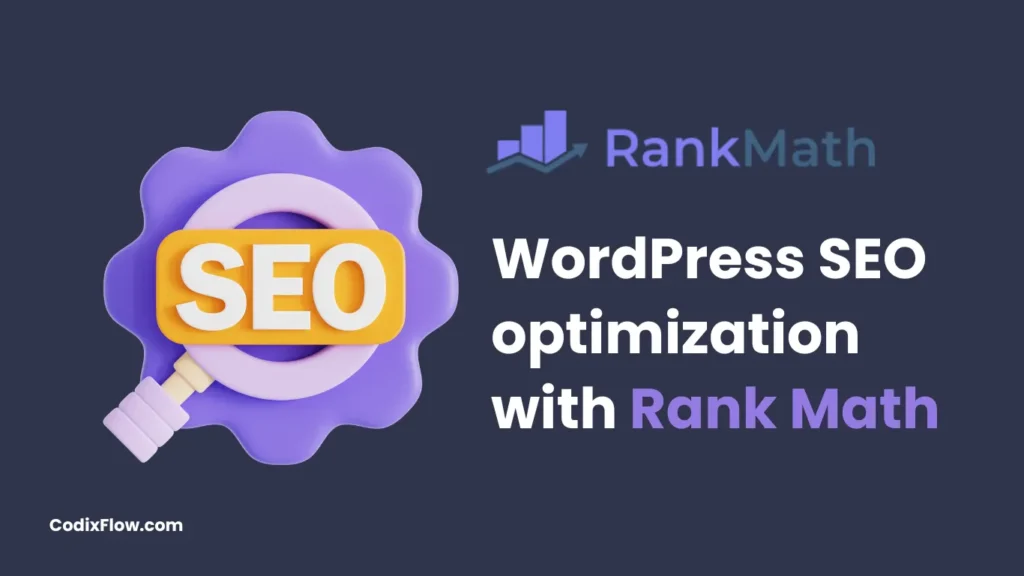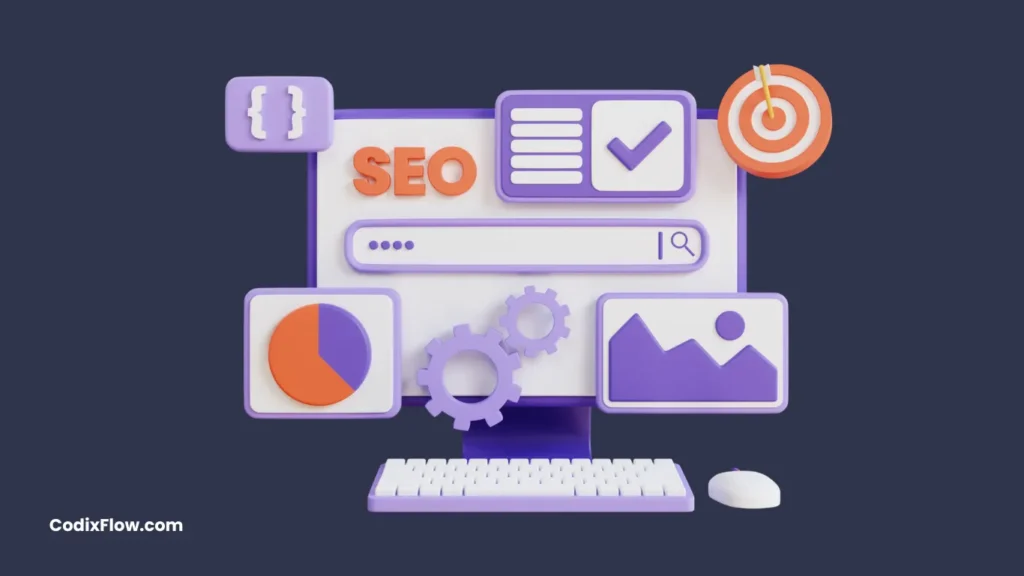In today’s digital landscape, website speed isn’t just a luxury—it’s a necessity. Users expect websites to load almost instantaneously, with research showing that 53% of mobile users abandon sites that take longer than three seconds to load. But speed isn’t just about user experience; it’s a critical factor in search engine rankings, conversion rates, and overall business success.
A slow website can devastate your bottom line. According to studies by Google, as page load time increases from one to five seconds, the probability of bounce increases by 90%. For e-commerce sites, even a one-second delay can reduce conversions by 7%.
In this comprehensive guide, we’ll explore 11 Actionable Tips for Improving Roofing Website Load Speed, proven strategies to supercharge your website’s performance and create lightning-fast experiences that keep users engaged and search engines happy.

What are those Actionable Tips for Improving Roofing Website Load Speed ?
1. Optimize Images and Media
Images often account for the majority of a webpage’s weight. Optimizing them is one of the most effective ways to improve load times:
- Compress images without sacrificing quality: Tools like TinyPNG, ImageOptim, and Squoosh can reduce file sizes by up to 80% with negligible quality loss.
- Embrace next-gen formats: WebP images are 25-35% smaller than comparable JPEGs and PNGs, while AVIF offers even greater compression. Most modern browsers now support these formats.
- Implement lazy loading: Only load images when they’re about to enter the viewport. This technique can be implemented with the native
loading="lazy"attribute or JavaScript libraries like Lozad.js. - Resize images appropriately: Don’t use 2000px wide images for 300px containers. Serve appropriately sized images for different devices using the
srcsetattribute.
2. Minimize HTTP Requests
Every element on your page—images, scripts, stylesheets, fonts—requires an HTTP request. Reducing these requests dramatically improves load times:
- Audit and eliminate unnecessary page elements: Use browser dev tools to identify and remove unused resources.
- Utilize CSS sprites: Combine multiple small images into one larger image and use CSS to display only the relevant portion, reducing HTTP requests.
- Limit third-party scripts: Each external script adds load time. Evaluate if each script provides enough value to justify its performance cost.
- Consider inline critical CSS: For above-the-fold content, inline critical CSS directly in your HTML to eliminate render-blocking requests.
Also Read: Best Plugins for Newsletter in WordPress
3. Enable Browser Caching
Browser caching stores website resources locally on users’ devices, allowing returning visitors to experience dramatically faster load times:
- Set appropriate cache headers: Configure your server to use
Cache-ControlandExpiresheaders that specify how long browsers should store resources. - Implement a cache hierarchy: Cache static resources (images, CSS, JS) for longer periods and dynamic content for shorter durations.
- Use versioning for updated resources: Add version numbers or hashes to filenames (e.g.,
style.v2.css) so that updated resources bypass the cache. - Leverage service workers: For more advanced caching strategies, implement service workers to enable offline functionality and precise cache control.
4. Implement a Content Delivery Network (CDN)
CDNs distribute your content across multiple geographically dispersed servers, delivering files from the location closest to each user:
- How CDNs work: CDNs cache copies of your site on edge servers worldwide, reducing network latency and improving Time to First Byte (TTFB).
- Top CDN providers:
- Cloudflare offers a robust free tier with advanced security features
- Akamai provides enterprise-level performance with extensive global coverage
- Fastly specializes in real-time CDN services with instant purging capabilities
- Bunny.net offers excellent price-to-performance ratios for smaller businesses
- Consider multi-CDN strategies: For mission-critical applications, using multiple CDNs can provide redundancy and optimize for specific regions.
Also Read: What is DNS? Everything You Need to Know About the Domain Name System (Complete Guide)
5. Minify and Combine Files
Reducing file sizes through minification and combining multiple files can significantly improve load times:
- Minify CSS, JavaScript, and HTML: Remove unnecessary characters like whitespace, comments, and line breaks. Tools like UglifyJS for JavaScript, CSSNano for CSS, and HTMLMinifier can automate this process.
- Combine multiple files: Reduce HTTP requests by merging multiple CSS or JavaScript files. This must be balanced with cache efficiency—combining rarely changing files with frequently updated ones can be counterproductive.
- Consider HTTP/2 implications: With HTTP/2, combining files becomes less important due to multiplexing capabilities, but minification remains crucial.
- Use build tools: Webpack, Gulp, or Grunt can automate minification and bundling as part of your development workflow.
6. Optimize Web Hosting and Server Performance
Your hosting environment forms the foundation of your website’s performance:
- Choose the right hosting type:
- Shared hosting: Economical but often slower due to shared resources
- VPS (Virtual Private Server): Better performance with dedicated resources
- Dedicated servers: Maximum control and performance, but higher cost
- Cloud hosting: Scalable resources that can adjust to traffic fluctuations
- Implement server-side caching: Solutions like Redis, Memcached, or Varnish Cache can dramatically reduce database and API calls.
- Optimize server response time: Aim for a Time to First Byte (TTFB) under 200ms. This may involve upgrading server hardware, optimizing database queries, or improving application code.
- Enable HTTP/2 or HTTP/3: These newer protocols offer significant performance improvements over HTTP/1.1 through features like multiplexing, header compression, and server push.
7. Reduce Plugins and Third-Party Scripts
Bloated websites with numerous plugins and scripts inevitably slow down:
- Conduct a plugin audit: Review all plugins and third-party integrations to determine if their functionality justifies their performance impact.
- Monitor script performance: Use tools like WebPageTest to see how each script affects load time and paint metrics.
- Consider self-hosting third-party resources: When possible, self-host critical third-party resources like fonts and JavaScript libraries to eliminate external DNS lookups.
- Implement tag management: Use Google Tag Manager or similar solutions to control and optimize the loading of multiple tracking scripts.
- Lazy-load non-critical scripts: Delay loading of non-essential scripts until after the initial page render.
8. Optimize Database Performance
For dynamic websites, database performance often becomes a bottleneck:
- Regularly clean and optimize databases: Remove post revisions, spam comments, and unused metadata. For WordPress, plugins like WP-Optimize can automate this process.
- Implement database caching: Tools like WP Rocket for WordPress or general solutions like Redis can cache database queries.
- Use efficient queries: Optimize your database queries to retrieve only necessary data, use proper indexing, and avoid N+1 query problems.
- Consider database sharding or replication: For high-traffic sites, splitting databases across multiple servers can improve performance.
Also Read: How to Use a WordPress Plugin for Adding Code Easily
9. Use Efficient Coding Practices
Clean, optimized code forms the foundation of a fast website:
- Minimize DOM size: Keep your HTML structure as lean as possible, aiming for fewer than 1,500 DOM elements.
- Reduce JavaScript execution time: Avoid long-running scripts that block the main thread and cause jank. Consider using Web Workers for CPU-intensive tasks.
- Implement code splitting: Only load the JavaScript needed for the current page or user interaction.
- Use asynchronous and deferred loading: Add
asyncordeferattributes to script tags to prevent render-blocking. - Optimize CSS delivery: Place critical CSS inline and load non-critical styles asynchronously.
- Minimize layout shifts: Implement proper image and element sizing to avoid Cumulative Layout Shift (CLS) issues.
10. Leverage Compression
Enabling compression can reduce file sizes by up to 70%:
- Implement Brotli compression: More efficient than Gzip, Brotli can reduce text-based resources (HTML, CSS, JavaScript) by an additional 15-25%.
- Configure compression at the server level: Enable compression in your server configuration (Apache, Nginx) or through your hosting control panel.
- Compress specific file types: Focus compression on text-based files like HTML, CSS, JavaScript, XML, and SVG.
- Balance compression level and server load: Higher compression levels yield smaller files but require more CPU resources. Find the right balance for your server capacity.
11. Perform Regular Speed Audits and Testing
Website optimization is an ongoing process, not a one-time task:
- Use comprehensive testing tools:
- Google PageSpeed Insights provides optimization suggestions based on real-world Chrome user data
- GTmetrix offers detailed waterfall charts to identify bottlenecks
- WebPageTest allows testing from multiple locations and devices
- Lighthouse in Chrome DevTools provides a holistic performance assessment
- Monitor Core Web Vitals: Focus on optimizing Largest Contentful Paint (LCP), First Input Delay (FID), and Cumulative Layout Shift (CLS).
- Test on actual devices: Emulators can’t fully replicate the experience on real devices, especially on mid-range and budget smartphones.
- Implement continuous monitoring: Use tools like SpeedCurve or New Relic to track performance over time and alert you to regressions.
Conclusion
Website speed optimization is both an art and a science—a continuous process of refinement rather than a one-time fix. Each millisecond shaved off your load time can contribute to better user experience, higher search rankings, and improved conversion rates.
The key to success lies in adopting a holistic approach that addresses all aspects of performance, from server infrastructure to front-end code, from image optimization to third-party script management.
Start by measuring your current performance using tools like PageSpeed Insights or GTmetrix. Identify your biggest bottlenecks and tackle them first for maximum impact. Remember that even small improvements can have significant cumulative effects on user experience and business outcomes.
Don’t wait for users to abandon your slow site—take action today to create the fast, seamless experience they expect in 2025 and beyond.
Need help optimizing your website’s speed? Contact our team of performance experts for a comprehensive site audit and customized optimization plan.
Frequently Asked Questions About Roofing Website Load Speed Optimization
What is a good roofing website loading speed?
A good website loading speed is under 2 seconds, with ideal performance being under 1 second. According to Google, when page load time increases from 1 to 3 seconds, the probability of bounce increases by 32%. For optimal user experience and SEO performance, aim for your website to load completely in less than 2 seconds on both desktop and mobile devices.
How can I check my roofing website’s current loading speed?
You can check your website’s loading speed using free online tools such as Google PageSpeed Insights, GTmetrix, Pingdom, or WebPageTest. These tools provide comprehensive reports on your site’s performance, including load time, page size, number of requests, and specific recommendations for improvement. For the most accurate results, test from multiple locations and devices.
Why is my roofing WordPress website loading slowly?
WordPress websites often load slowly due to several common factors: excessive or poorly coded plugins, unoptimized images, lack of caching, bloated themes, inadequate hosting, and outdated PHP versions. Performing regular database cleanups, implementing caching solutions like WP Rocket or W3 Total Cache, and using a content delivery network (CDN) can significantly improve WordPress performance.
Does website speed affect SEO ranking?
Yes, website speed directly affects SEO rankings. Google confirmed that page speed is a ranking factor for both desktop and mobile searches. Additionally, speed impacts Core Web Vitals metrics (LCP, FID, CLS), which are official Google ranking signals. Faster websites typically experience better crawling efficiency, improved user engagement metrics, and higher conversion rates—all factors that contribute to better search rankings.
How much does image optimization improve website speed?
Image optimization can improve website speed dramatically, often reducing page load times by 25-50%. Unoptimized images are typically the largest contributors to page weight. By properly compressing images, using next-gen formats like WebP, implementing lazy loading, and serving appropriately sized images, you can reduce total page size by up to 80% and significantly decrease loading time.
What’s the difference between minification and compression?
Minification removes unnecessary characters (like whitespace, comments, and line breaks) from code files without changing functionality, making files smaller. Compression (like Gzip or Brotli) encodes file contents to make them even smaller during transfer, requiring decompression by the browser. Minification happens during development/build, while compression happens during file transfer between server and browser. Using both techniques together provides optimal file size reduction.
How does a CDN improve roofing website loading speed?
A Content Delivery Network (CDN) improves loading speed by storing copies of your website on multiple servers worldwide, allowing users to download content from the nearest location. This reduces network latency and distributes bandwidth demands. CDNs also optimize file delivery through compression, minification, and efficient HTTP protocols. Studies show CDNs can improve load times by 30-50%, especially for users located far from your origin server.
Can server response time affect website speed?
Yes, server response time (Time To First Byte or TTFB) significantly affects website speed. It represents how long it takes for the server to begin sending data after receiving a request. Google recommends a TTFB under 200ms. Server response time is influenced by hosting quality, server resources, database optimization, and application code efficiency. Upgrading hosting, implementing server-side caching, and optimizing database queries can substantially improve TTFB.
How do JavaScript and CSS files impact page loading speed?
JavaScript and CSS files impact loading speed by potentially blocking rendering until they’re downloaded and processed. Render-blocking resources prevent the browser from displaying content quickly. To minimize their impact, use async/defer attributes for JavaScript, inline critical CSS, minimize external requests by combining files, and eliminate unused code. Proper optimization of these resources can improve First Contentful Paint by 30-40%.
What is lazy loading and how does it improve roofing website speed?
Lazy loading is a technique that delays loading non-critical resources (images, videos, iframes) until they’re needed—typically when they’re about to enter the viewport. This improves initial page load speed by reducing the amount of content loaded upfront. Modern browsers support native lazy loading with the “loading=’lazy'” attribute. For images below the fold, lazy loading can reduce initial page load time by 30% or more while decreasing bandwidth usage.
How important is mobile optimization for roofing website speed?
Mobile optimization is crucial for website speed, as over 60% of web traffic comes from mobile devices. Mobile networks often have higher latency and lower bandwidth than desktop connections. Google uses mobile-first indexing, meaning it primarily uses your site’s mobile version for indexing and ranking. Responsive design, properly sized images, minimal JavaScript, and touch-friendly interfaces are essential for fast mobile experiences.
Does HTTP/2 or HTTP/3 improve roofing website speed?
Yes, HTTP/2 and HTTP/3 significantly improve website speed compared to HTTP/1.1. HTTP/2 introduces multiplexing (allowing multiple requests/responses over a single connection), header compression, and server push. HTTP/3 builds on these improvements by using QUIC protocol, which reduces connection establishment time and provides better performance on unreliable networks. Implementing these protocols can improve load times by 15-30%, especially for sites with many resources.




fySa mUNZ Esls zUohL wMdST TBoyQv gRzn